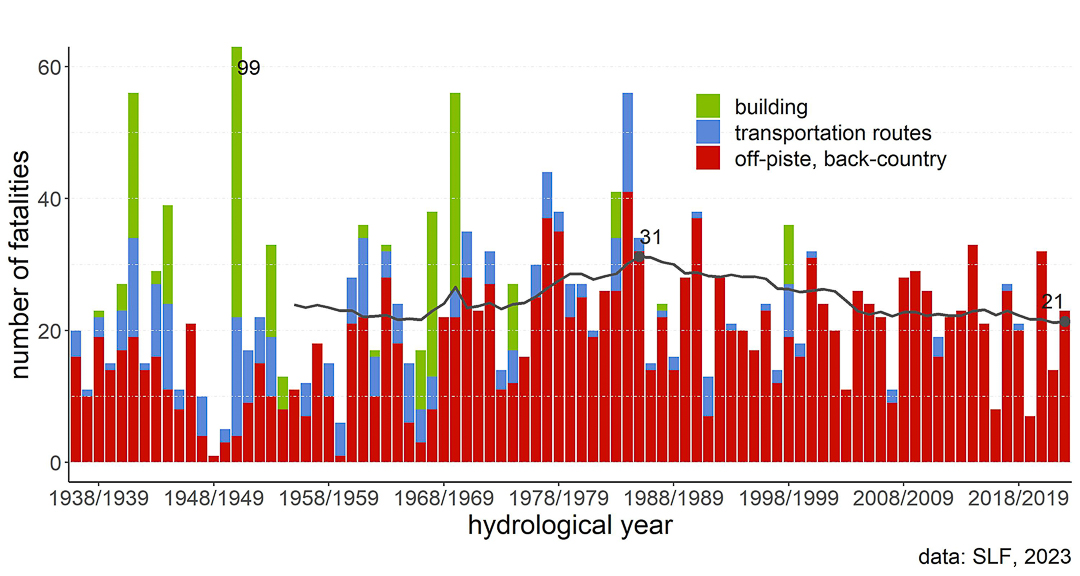As a species, we generally like stats. The numbers game can reveal underlying trends. It can also lead you astray into thinking the numbers somehow present a greater truth. A recent article in Outside Online posed a good question with, understandably, an insufficient answer. “Avalanches Caught 117 People in Colorado in 2024. Why Did Only Two Die?” reads the headline.
The editors/author did their job—the title grabbed my interest. However, as can be expected, there’s no miracle anecdote, no pixie dust sprinkled, clearly pinpointing why there were two deaths when 117 people were caught in slides. Last season, according to the Colorado Avalanche Information Center (CAIC), there were 122 people caught in slides, with 11 killed.
You can see where we are going. Eleven deaths down to two is significant. But, as is clarified in the Outside piece, the reduction in fatalities does not necessarily mean, as a community, we are making better decisions, using safety equipment more effectively, or simply avoiding hazardous terrain when the local forecast calls for it.
The Outside story got me thinking about how other countries compare the number of backcountry users caught in avalanches relative to the number of deaths.
Switzerland’s SLF (Swiss Institute for Snow and Avalanche Research) reports the following data for the 2023-2024 season:
- 168 avalanche accidents
- 235 people caught
- 17 people killed
- All but two of the reported incidents are labeled as 1 or 2 for “activity and location”: 1 indicates “Backcountry touring (e.g., snow-shoeing, mountaineering),” 2 Off-piste skiing and snowboarding (generally accessed from a ski area).
- Broken down one last step for Swiss avalanche fatalities: Backcountry: 8 / Off-piste: 7






Leave a Reply
You must be logged in to post a comment.